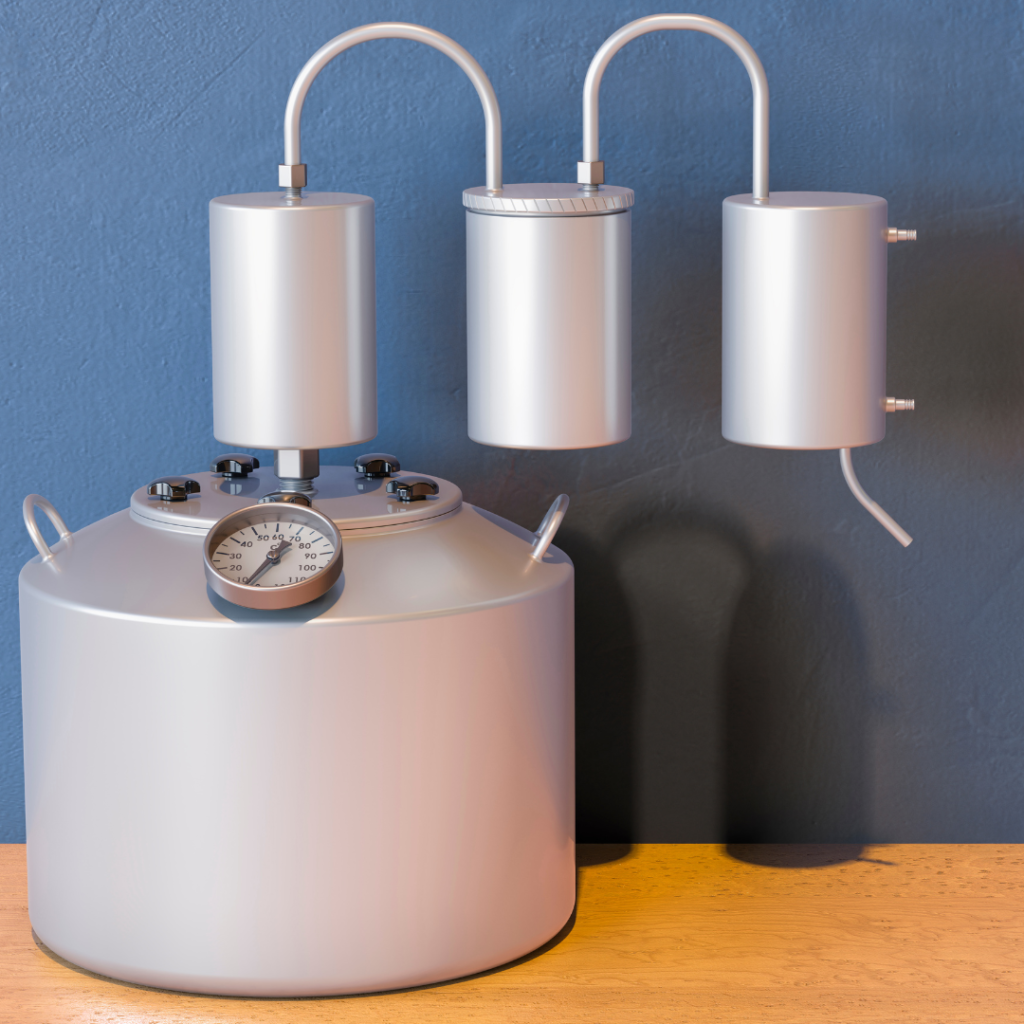Cardiac Coherence

Feeling or remembering negative emotions unbalances our nervous system. When we feel negative emotions the heart sends signals to the brain, which in turn sends signals to the hormonal system. Some chemicals such as cortisol are released to the blood and can be harmful to our health if produced in excess. In this situation, our Heart Rate Variability is disordered and Incoherent.
An Incoherent Heart Rate Variability blocks cognitive functions such as attention, memory, perception and problem solving. In a state of incoherence, we are more likely to suffer stress, anxiety, apathy, depression, etc.
On the other hand, positive emotions generate physiological and psychological benefits. On the physiological level, evoking positive emotions such as love, joy, gratitude, compassion, etc., stimulates the immune system. Our health increases and we feel lighter. On the psychological level, positive emotions allow the brain to be more creative and to find efficient solutions to real problems. When we feel positive emotions the Heart Rate Variability generates Coherent waves that balance all the body systems.The ability to think clearly, to learn, to remember, to reason and to make right decisions is significantly increased. Then we find ourselves in Cardiac Coherence.
Talking about Cardiac Coherence is talking about efficiency. When we are in coherence, the nervous, cardiovascular, hormonal and immune systems work harmoniously and efficiently.
How to Use a Home Water Distiller: A Complete Guide

Clean and safe drinking water is essential for our health and well-being. While many areas have access to treated municipal water supplies, some individuals prefer to take extra precautions or live in places with questionable water quality. This is where home water distillers come into play. In this guide, we’ll walk you through the steps on how to use a home water distiller to ensure that you have access to pure and clean drinking water at home.
What Is a Home Water Distiller?
A home water distiller is a device that purifies water by boiling it and then condensing the steam back into water. This process effectively removes contaminants such as bacteria, viruses, heavy metals, and various dissolved solids, leaving you with high-quality, distilled water. It’s a popular choice for individuals who want to take control of their water quality or live in areas with poor tap water conditions.
Step-by-Step Guide to Using a Home Water Distiller
- Gather Your Equipment:
Before you start using your home water distiller, make sure you have the following items ready:
- Home water distiller unit
- A clean container for collecting the distilled water (glass or food-grade plastic)
- Water source (tap water or filtered water)
- Electrical outlet (if your distiller is electric)
- A clean cloth or paper towels for occasional maintenance
- Set Up the Distiller:
Place your home water distiller on a stable and level surface near an electrical outlet if it’s an electric model. Ensure that there is enough clearance around the distiller for proper ventilation.
- Fill the Boiling Chamber:
Open the lid or top of your distiller and fill the boiling chamber with water. Most distillers have a maximum fill line indicated. Avoid overfilling, as it can lead to spillage during the distillation process.
- Turn On the Distiller:
If your home water distiller is electric, plug it into the electrical outlet and turn it on. For non-electric models, you might need an external heat source like a stove. Follow the manufacturer’s instructions for heating.
- Wait for the Distillation Process:
The distillation process will begin as the water in the boiling chamber heats up. The water will boil, creating steam that rises to the top. The steam will then condense on a cooling coil or surface and collect in the container you’ve placed.
- Collect the Distilled Water:
Once the distillation process is complete, turn off the distiller and carefully remove the container with the distilled water. This water is now purified and safe to drink.
- Clean and Maintain Your Distiller:
Regular maintenance is essential to keep your home water distiller in good working condition. After each use, empty and clean the boiling chamber and any other removable components following the manufacturer’s instructions. It’s important to prevent mineral buildup and mold growth.
- Store Your Distilled Water:
Store the distilled water in a clean, food-grade container with a lid. Keep it in a cool, dark place away from direct sunlight to maintain its purity.
Conclusion
Using a home water distiller is a reliable way to ensure access to clean and purified drinking water at home. By following these simple steps, you can enjoy the peace of mind that comes with knowing you’re drinking water free from contaminants. Remember to clean and maintain your distiller regularly for optimal performance, and you’ll have a constant supply of high-quality distilled water for your family’s needs.
